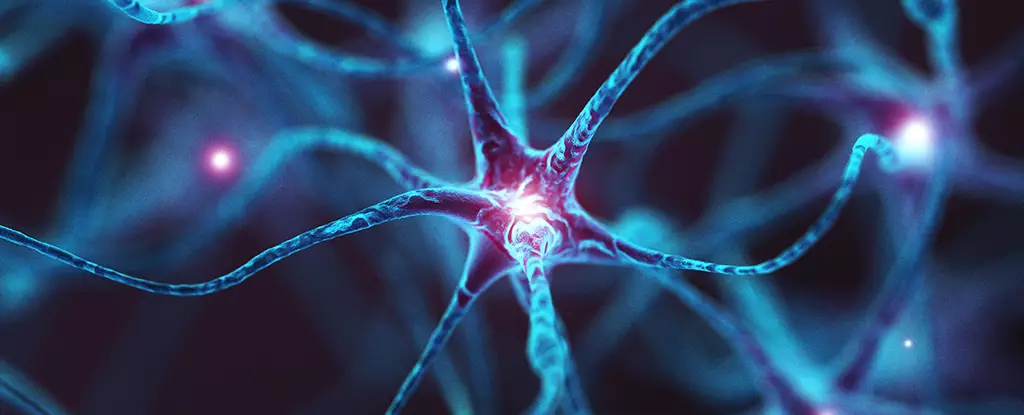Understanding the intricate biological processes in our brains is crucial when studying brain diseases. The complexity of the interconnected, moving biological parts poses a significant challenge for researchers in the field. One recent study has shed light on a key brain process that may be involved in Alzheimer’s disease.
The focus of the new research centers around the protein contactin-4 (CNTN4), which is believed to play a crucial role in neuronal network formation. CNTN4’s interaction with the amyloid precursor protein (APP), responsible for the production of amyloid-beta peptides that form plaques in Alzheimer’s patients’ brains, was found to be vital in the process of neural elongation essential for proper neuron growth and connection.
Neuroscientist Rosemary Bamford from the University of Exeter expressed surprise at the discovery that CNTN4, previously linked to developmental processes and autism, also plays a part in modulating factors associated with Alzheimer’s disease. Researchers focused on the motor cortex in mice brains where the gene producing CNTN4 was knocked out, leading to disrupted neural elongation and abnormal neuron development.
Further investigation using human cells in the laboratory unveiled a complex relationship between CNTN4 and APP. Disabling CNTN4 production resulted in lowered APP levels, suggesting a potential compensatory mechanism between the two proteins. The study revealed that CNTN4 works in conjunction with APP to regulate neural elongation, highlighting the interplay between developmental and neurodegenerative pathways.
Implications for Future Research
The findings from this study open up new avenues for research into the CNTN4-APP relationship and its impact on neural activity. Neuroscientist Asami Oguro-Ando from the University of Exeter emphasized the importance of delving deeper into understanding how the interaction between CNTN4 and APP affects both Alzheimer’s disease and autism. By unraveling the molecular mechanisms underlying this relationship, researchers may gain valuable insights into potential targets for therapeutic interventions.
As scientists continue to unravel the complexities of biological processes associated with Alzheimer’s disease, each new discovery brings us closer to finding effective treatments and preventive measures. The connection between CNTN4 and APP represents a significant piece of the puzzle in understanding the pathology of Alzheimer’s. While the bigger picture may still be unclear, studies like this provide valuable insights that pave the way for future breakthroughs in the field of neurodegenerative diseases.


Leave a Reply